Discovering the Inspiration and Meaning Behind 15 Famous Paintings
We have compiled for you the striking stories behind famous paintings that are much more complex than they seem at first glance.
1. Christina's World, Andrew Wyeth, 1948
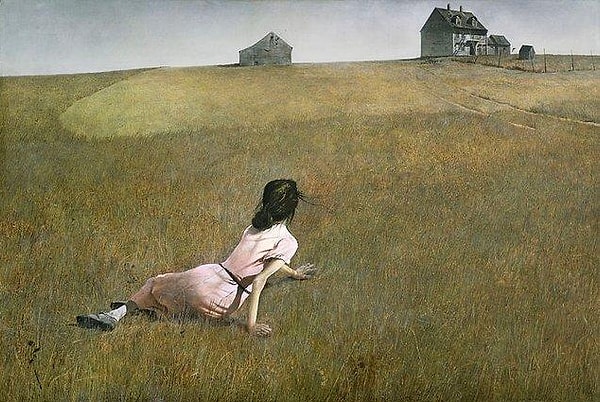
The mysterious painting by Pennsylvania artist Andrew Wyeth, which depicts his neighbor Anna Christina Olson, showcases the pastoral features rather than creating a romantic atmosphere. While the painting does not provide answers to questions such as what happened to Christina or what she is doing in the middle of the farm, it offers the viewer many possible interpretations.
Anna Christina Olson was suffering from muscle atrophy, a disease that made it difficult or impossible for her to move her arms and legs. The painter Wyeth saw his neighbor Olson collecting raspberries in the bushes in front of their farm and was inspired by her.
2. Judith Slaying Holofernes, Artemisia Gentileschi, 1610
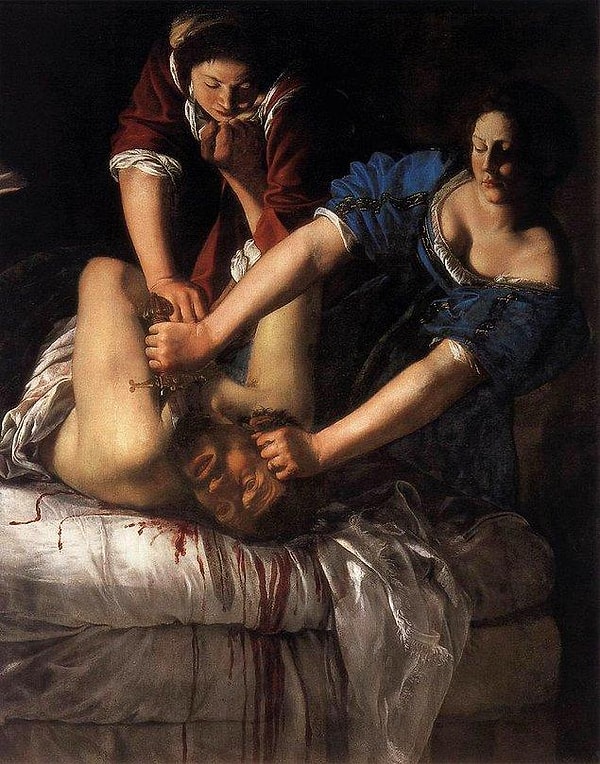
Raped at 18 by one of her father's friends, the Baroque painter Artemisia Gentileschi was outraged by a public trial that freed her rapist. Gentileschi, who was soon married off and sent to Florence, reflected her ongoing anger in her work.
While Judith Slaying Holofernes depicts the story of Judith, a widowed Jewish woman who seduces and beheads the Assyrian General Holofernes in order to save her people from the Assyrian invasion, Gentileschi substituted Holofernes for her rapist and reflected this deeply wounding event in her painting.
3. Portrait of Madame X, John Singer Sargent, 1883–84

John Singer Sargent's portrait of Madame X, depicting Virginie Avegno Gautreau, a prominent member of French society, was expected to be a great success when it was exhibited at the French Academy of Fine Arts, but it received considerable negative criticism.
Due to French society's adherence to the sexual taboos of the time and the fact that sexuality was a phenomenon attributed only to mythological goddesses, this portrayal of a high society woman was considered offensive.
4. American Gothic, Grant Wood, 1930
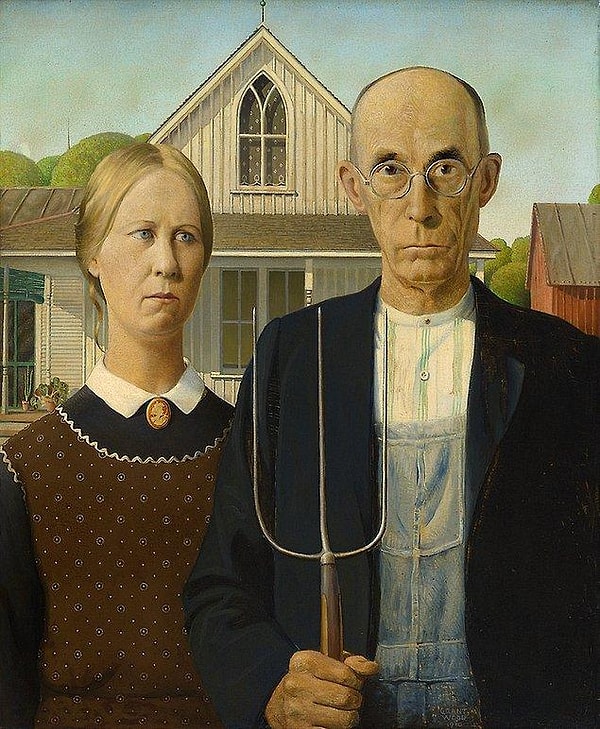
Grant Wood was one of the iconic figures of his time in regionalism. American Gothic, which is seen as the work that best reflects the small-town culture of America, emerged when Wood modeled a house he noticed while walking around Eldon, Iowa.
Contrary to popular belief, the two figures in the painting are not a farmer and his wife, but a father and his daughter. Wood modeled the farmer after his own dentist, Byron McKeeby, and the daughter after his own sister, Nan Wood Graham.
5. Girl with a Pearl Earring, Johannes Vermeer, 1665
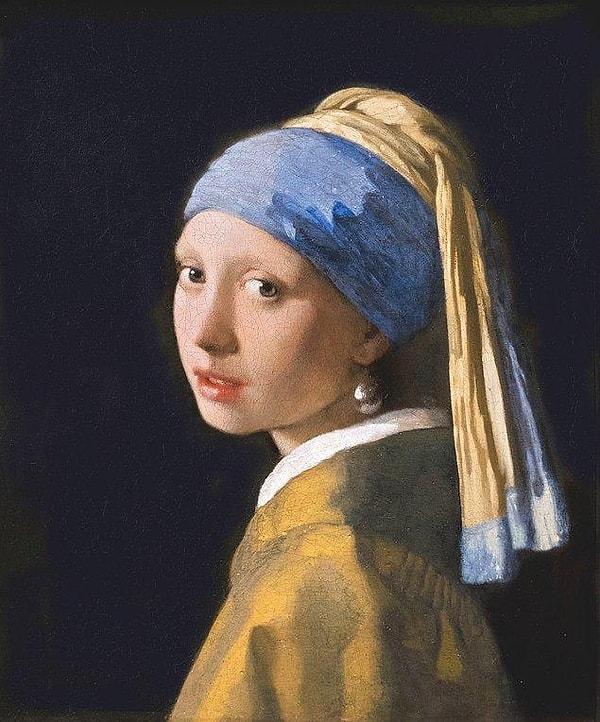
Considered Vermeer's masterpiece and called the 'Mona Lisa of the North', the work was originally called Girl with a Turban, but in the 20th century it became known as Girl with a Pearl Earring. The work, which is not considered a portrait, was painted in the 'tronie' style. The main purpose of tronies is to reflect the face and expression of the figure.
Although it is suggested that the model in the painting is Vermeer's daughter Maria or his mistress, whom he used as a model in many of his works, it is not known for certain, just like the Mona Lisa. Since the faces of the figures in Vermeer's works are never clear, the unknown identity of the Girl with a Pearl Earring makes this work mysterious and attractive.
6. Ophelia, Sir John Everett Millais, 1851-52
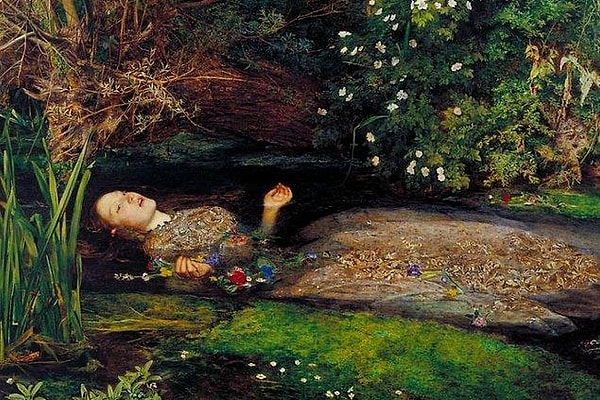
John Everett Millais, who prefers to paint life as directly as possible, was inspired by Ophelia, the delicate and sensitive young girl who falls in love with Hamlet in Shakespeare's Hamlet.
It is known that Millais' 19-year-old model Elizabeth Siddall, who reflects the fragile, melancholic and emotional state of Ophelia, who falls into the river while picking flowers around the river and drowns in the river, posed in a bathtub full of water for this painting.
7. Mona Lisa, Leonardo Da Vinci, 1503
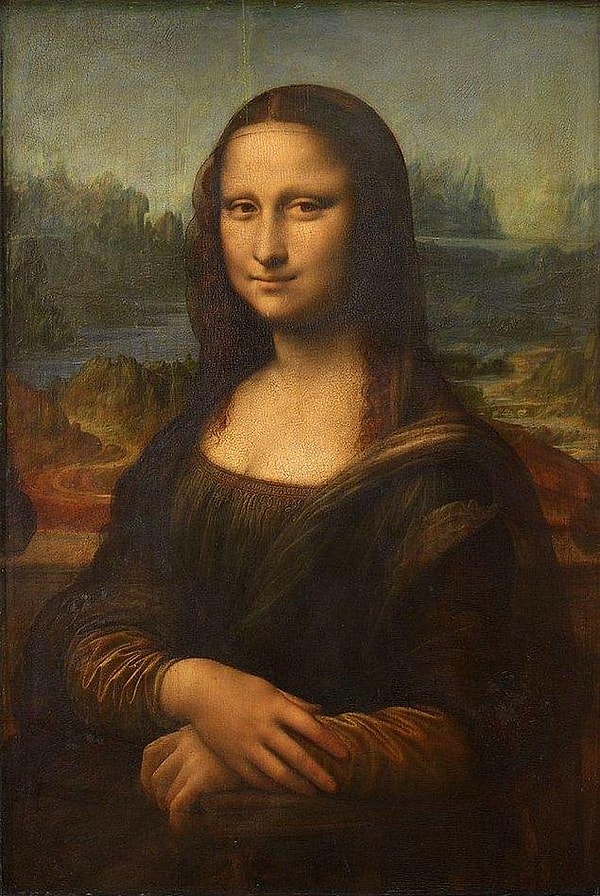
Mona Lisa, which is presumed to be a portrait of Lisa Gherardini, the wife of a wealthy Florentine merchant, is famous for its lack of any clear emotion or expression on its face, although theories such as Leonardo Da Vinci, who was known to be homosexual, drawing himself in the form of a woman still remain a mystery.
In 2006, a wide multi-spectral imaging technique developed by Lumiere Technology revealed that Mona Lisa's smile was wider than it appears today.
8. The Two Fridas
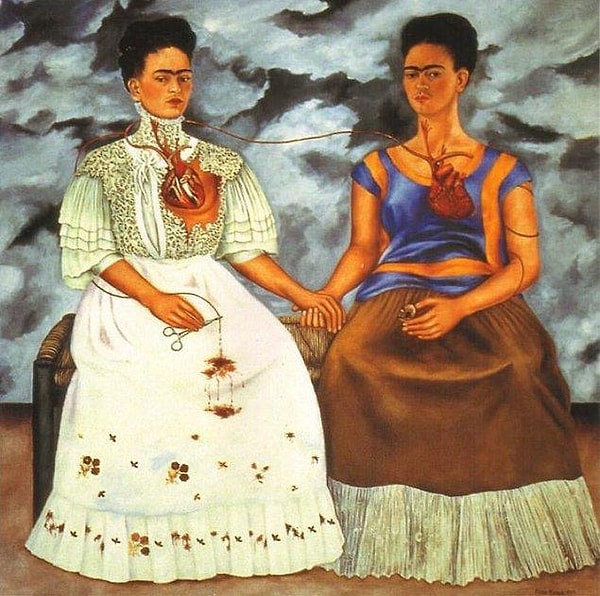
The work of Mexican painter Frida Kahlo is imbued with a deeply personal iconography, referencing her life of suffering, both physically and emotionally.
Two Frida, a self-portrait, depicts the before and after of her painful separation from Diego Rivera. The Frida holding hands, wearing traditional Mexican attire (the one on the right) is the Frida whom Diego loved, respected and accepted, while the one wearing a white Victorian wedding dress (the one on the left) is the Frida whom Diego abandoned. Therefore, the Frida on the right has a whole heart, while the one on the left is incomplete. At the same time, Frida on the right is holding Diego's childhood photograph.
9. The Death of Marat, Jacques-Louis David, 1793
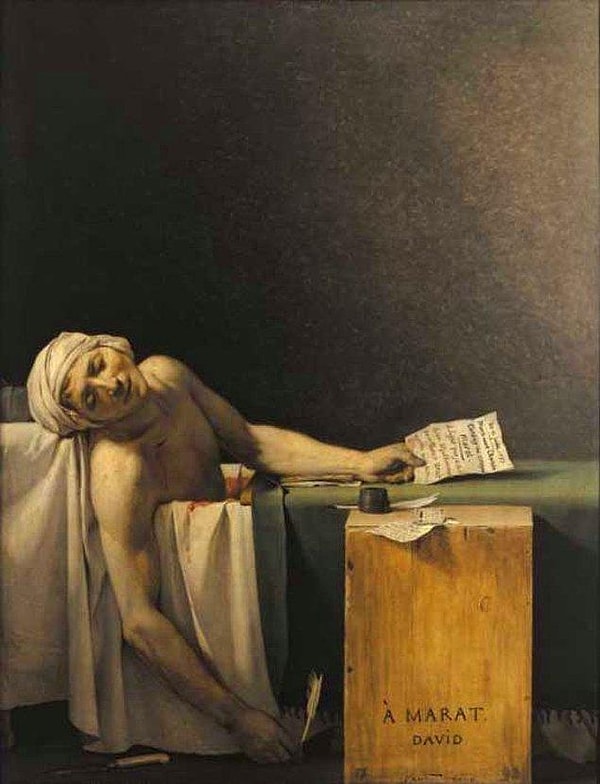
Jean-Paul Marat, a radical journalist whose sharp tongue attracted attention during the French Revolution, was murdered in his home by a Jironden sympathizer. Jacques-Louis David, who lost his close friend, created The Death of Marat to immortalize him.
Marat, who contracted a skin disease from the sewers where he hid while escaping from the police, spent most of his time at home writing in a tub of water because it relaxed him. David also depicted Marat's working environment and created the murder scene.
10. The Son of Man, René Magritte, 1946
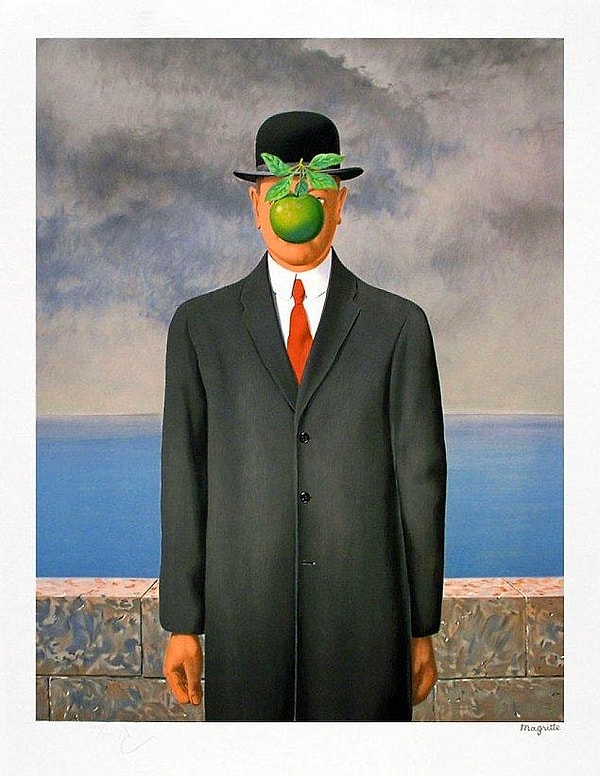
Belgian painter René Magritte's work is often confusing, and his self-portrait Son of Man, in which he hides his face with an apple, is certainly no exception.
Although the reason why the apple, one of Magritte's favorite motifs, is used here is unclear, Magritte's comment about this self-portrait: 'Everyone hides something, and even if others want to know what they are hiding, they will never know.' is enough to say it all.
11. The Arnolfini Wedding, Jan Van Eyck, 1434
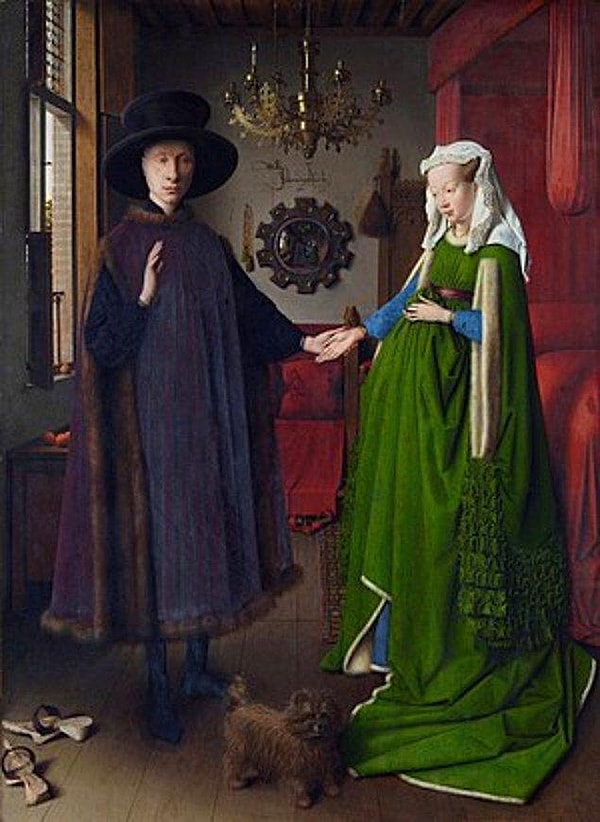
The Jan Van Eyck painting of Italian merchant Giovanni Arnolfini and his wife Giovanna Cenami is thought to be a secret wedding or engagement event. There are many elements of Christianity in the details of the painting.
Although there is no information about the identity of the mysterious figures depicted in the convex mirror in the background of the painting, it is thought that they may be witnesses, as it is assumed to be a wedding.
The dog standing in front of the couple represents loyalty, while the man's position towards the window shows his connection with the outside world and the woman's position on the inside shows her connection with the house.
12. Jack the Ripper's Bedroom, Walter Sickert, 1908
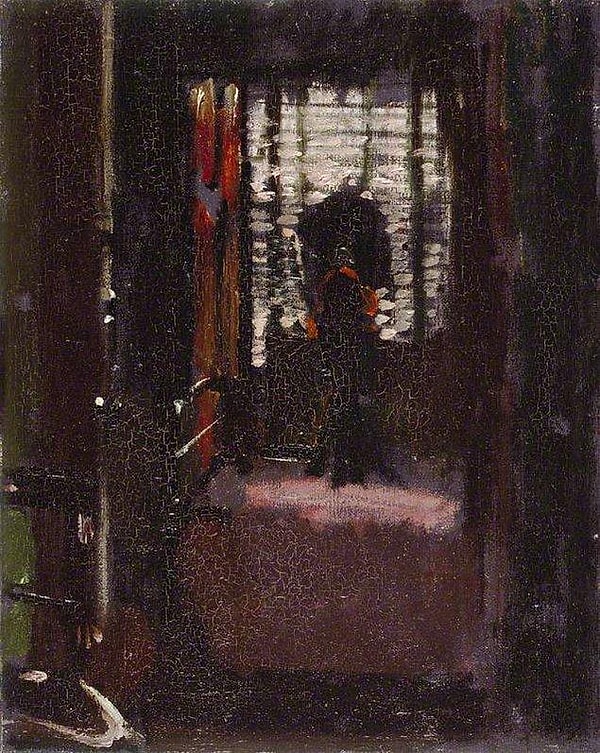
Walter Sickert, notable for his famously moody portraits and dimly lit interiors, was thought to have intended his paintings to reveal a darker secret. His disturbing works, such as Jack the Ripper's Bedroom and The Camden Town Murder, were intended to reflect some of the connections between an artist and a horrible killer.
The objects in the room, seen through an open doorway, first make the viewer think that there is a person sitting in a chair, but it is obvious that there is no one in the room.
13. Saturn Devouring His Son, Francisco Goya,1823
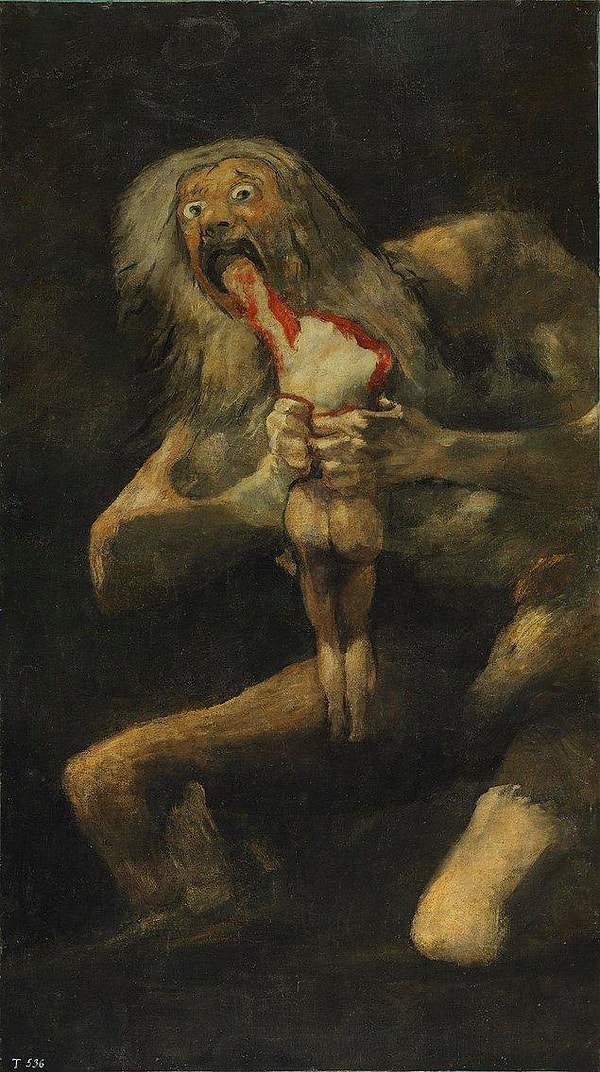
This work by Francisco Goya, one of the most important representatives of the Romanticism movement, is about Kronos in Greek Mythology (Saturn in Roman Mythology). According to the legend, Cronus, who learns that he will be dethroned by one of his own children and goes insane, begins to eat every child born alive.
Goya depicts Saturn as an ambitious figure with a wide mouth and shining eyes, and since he prefers not to use mythological symbols in his work, he prevents a clear idea about the subject of the work.
14. Cyclops, Odilon Redon, 1914
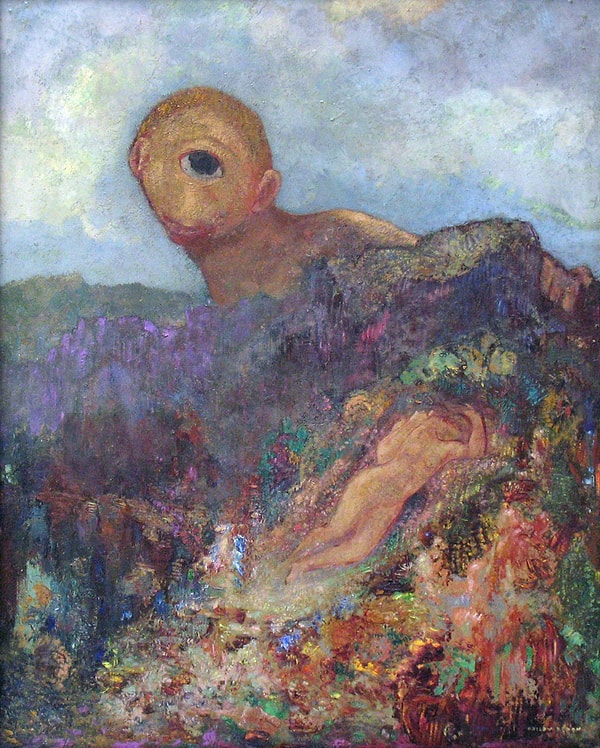
Based directly on a story from Greek mythology, Odilon Redon's Cyclops depicts the moment when Polyphemus, a one-eyed hunting giant, watches the forest nymph Galatea, whom he desires with unrequited love, from the top of a cliff.
The most striking part of the painting is the Cyclops' large eye, which is far from natural. At the same time, in Redon's work, the eye often symbolizes an independent creature, the human soul or the mysterious and unknown inner world.
15. The Scream, Edvard Munch, 1895
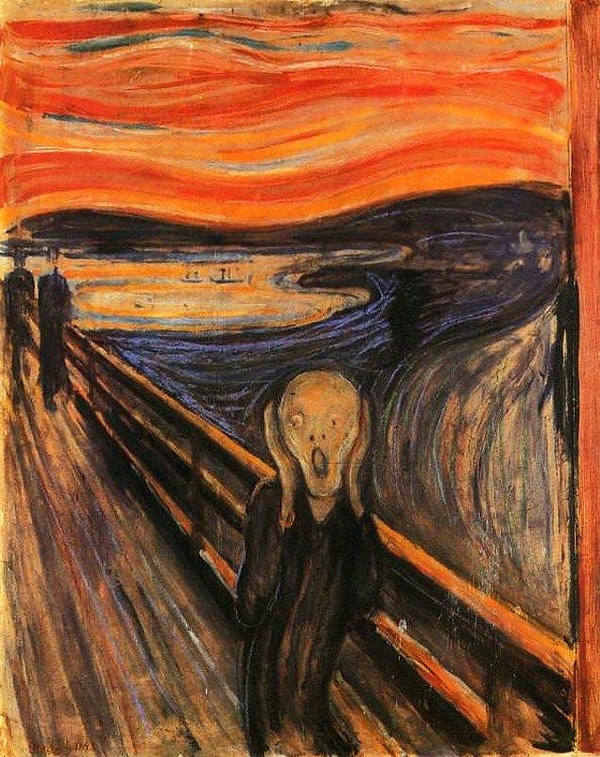
'I was walking on a road with two friends
The sun was setting
Suddenly the sky turned blood red
I paused, feeling exhausted, and leaned against the railing next to me
There were tongues of blood and fire over the city and the blue-black fjord
My friends continued, but I stayed there trembling with anxiety
And I felt an eternal scream pass through nature.'
The verses that expressionist Edvard Munch used as a basis for The Scream explain the painting. The bridge, the railing, the people advancing, the blood-red sky... The figure screaming in the foreground is a depiction of Munch himself.
The figure's unusualness, his gaze and curved body are in harmony with the form of the mountains and the sky, and Munch explained this as 'Only the character who feels the scream in nature has become one with nature.
Keşfet ile ziyaret ettiğin tüm kategorileri tek akışta gör!


Send Comment